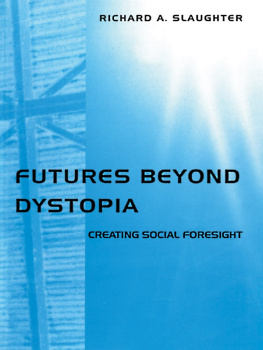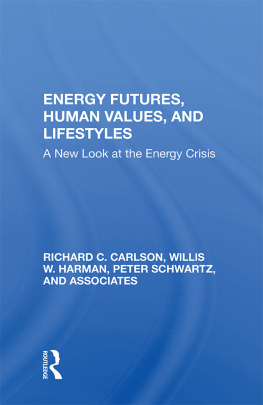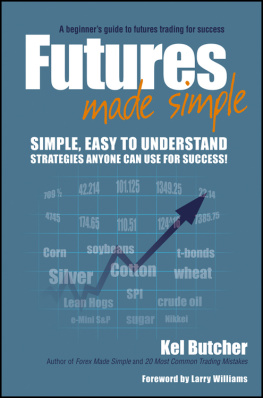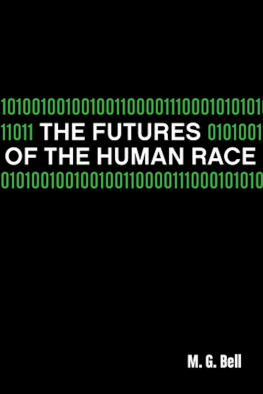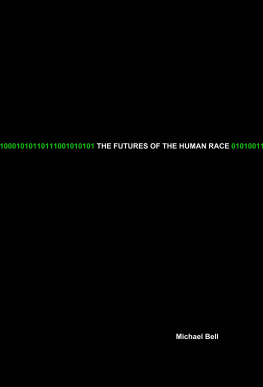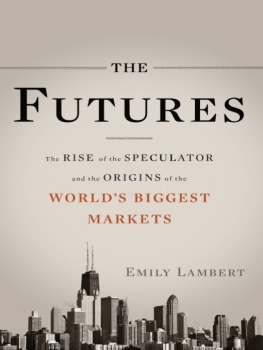Simultaneously published in the USA and Canada by RoutledgeFalmer 29 West 35th Street, New York, NY 10001
To purchase your own copy of this or any of Taylor & Francis or Routledges collection of thousands of eBooks please go to http://www.ebookstore.tandf.co.uk/.
All rights reserved. No part of this book may be reprinted or reproduced or utilized in any form or by any electronic, mechanical, or other means, now known or hereafter invented, including photocopying and recording, or in any information storage or retrieval system, without permission in writing from the publishers.
Futures Beyond Dystopia
Futures Beyond Dystopia takes the view that the dominant trends in the world suggest a long-term decline into unliveable Dystopian futures. The human prospect is therefore very challenging, yet the perception of dangers and dysfunctions is the first step towards dealing with them. The motivation to avoid future dangers is matched by the human need to create plans and move forward. These twin motivations can be very powerful and help to stimulate the fields of Futures Studies and Applied Foresight.
This analysis of current Futures practice is split into six sections:
- The case against Hegemony
- Expanding and deepening a Futures frame
- Futures Studies and the Integral Agenda
- Social learning through applied foresight
- Strategies and outlooks
- The dialectic of foresight and experience
This fascinating book will stimulate anyone involved in futures work around the world and will challenge practitioners and others to re-examine many of their assumptions, methodologies and practices.
Richard A.Slaughter is President of the World Futures Studies Federation and is currently Director of the Australian Foresight Institute, Swinburne University of Technology, Australia.
Futures in education
Edited by Richard A.Slaughter
New Thinking for a New Millennium
Edited by Richard A.Slaughter
Educating Beyond Violent Futures
Francis P.Hutchinson
Reframing the Early Childhood Curriculum
Jane M.Page
Lessons for the Future
David Hicks
Futures Beyond Dystopia
Creating social foresight
Richard A.Slaughter
This book is dedicated to my beloved wife, Laurie, co-traveller towards futures beyond dystopia, with love and gratitude. Also to future workers everywhere, including members of the Integral Institute. May these two tribes learn from each other and pool their efforts to help create a better world for all.
Figures
Foreword
Ah, to see the future, yes? Omen readers, entrail interpreters, soothsayers, psychics and scientists, all want a glimpse of tomorrow. Well, so do I, which is to say, we are all human.
One of the great difficulties with Futures Studies is that it is the future of human beings we are particularly interested in, and in order to understand the future of humans, we obviously must understand their present. For us to better understand what might be, we have to better understand what is, and odd as it sounds, our understanding of the what is of humanity has, until recently, been something of a disaster. But without an adequate map of the present, our maps of tomorrow simply amplify and exaggerate the gaps in todays understanding (as the briefest examination of past predictions will quickly demonstrate). The point is that to better forecast tomorrow, we must better understand today.
Enter Integral Futures Studies. Integral means comprehensive or inclusive. In the past few decades, a concerted effort on the part of numerous researchers has resulted in what many believe to be the first comprehensive or integral map of human possibilities. This integral map was developed by an exhaustive, cross-cultural study of the types of capacities that humans have evidenced in all known cultures, with the assumption that an examination of the sum total of human displays would give us a better map of the total potentials of the human being. This integral map is just a map, but it is biggest map weve ever had; and the evidence strongly suggests that this integral map is much more effective and accurate in understanding human beings todayand, therefore, presumably tomorrow, if we are careful in exactly how we use it.
But one thing is certain. An integral map is so much more comprehensive and more adequate than the alternatives, there is simply no going back. I dont know of any intelligent person who, after studying and grasping the integral overview, chooses a narrower alternative. The integral approach to understanding any areafrom psychology to medicine to economics to Futures Studieshas basically revolutionized how we approach any area involving human activity, for the simple reason that it has revolutionized our understanding of what it means to be human. An integral map is a fuller map of human possibilities in the present, and therefore a fuller map of human possibilitiesand probabilitiesin the future.
Richard Slaughter has done a superb job in conveying the essentials of this integral map and its application to Futures Studies. He particularly focusses on several important items. One is that the integral map includes, as an intrinsic part of its landscape, the mapmakers themselves. Self-reflexivity has always been a difficult issue in Future Studiesthat is, the very knowledge of a possible future alters that possible futurea type of human Heisenberg Uncertainty Principle that says that the very act of examining something changes it. But self-reflexivity is a central and natural part of the integral map, and, as such, gives us a way to take it into account in an explicit and actually useful fashion.
Another feature that Dr Slaughter emphasizes is the central tenet of integral studies, namely Everybody is right. No human mind is capable of producing one-hundred per cent error, and therefore everybody has an important piece of the integral puzzle. Exactly how to construct a map that takes literally everybody into account has been one of the major dilemmas of integral studies, but researchers in the field now believe that an adequate way to do so has been discovered, and Dr Slaughter gives an excellent overview of how this integral principle works. The point itself is very simple: integral theorists no longer ask, Who is right and who is wrong?, but rather, What viewpoint allows them both to be partially right? This central tenet changes dramatically the types of futures scenarios that unfold, simply because it finds a much larger group of present vectors that can veer into tomorrow, and thus more accurately forecasts forecasts a future worldspace in which those vectors might land.
Another important item highlighted by Slaughter is the idea of development, and particularly the ways in which developmentin consciousness, culture, technologyis a complex blend of past habits (which are knowable) and future emergents (which are not). The integral approach has significantly advanced our understanding of this complex mesh by more accurately pinpointing those areas that, as past developmental habits, appear to be fixed in every population they have been investigated; and also in a finer understanding of the general types of emergents that, although inherently unpredictable, appear circumscribed by a pool of possibilities about which a fairbut not exhaustive amount can be said.

